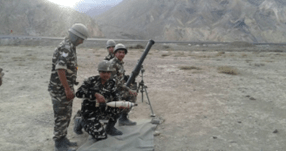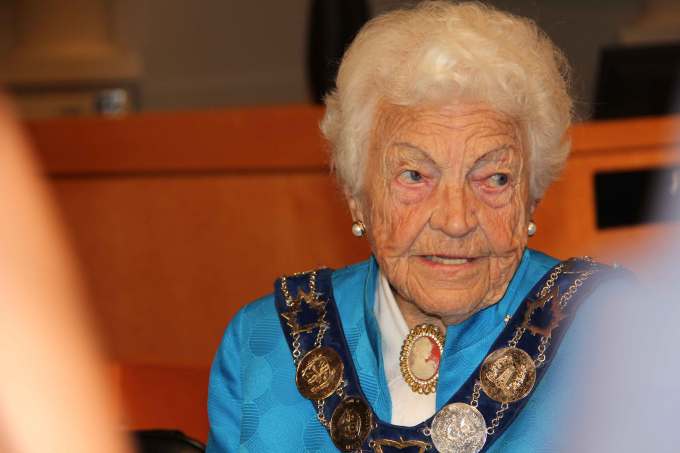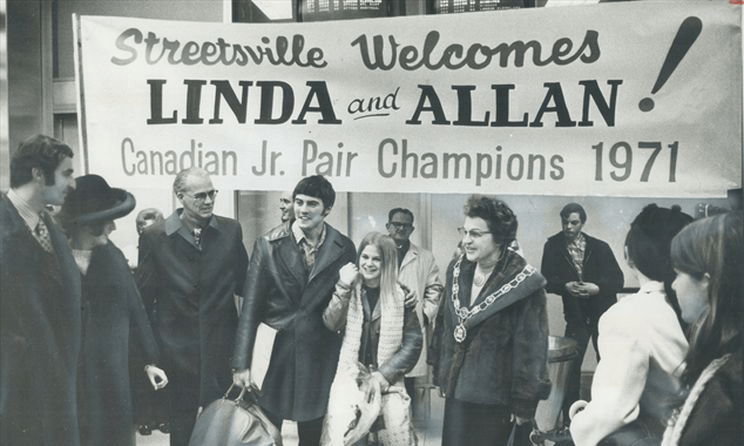My first close encounter with the 81mm Mortar happened in 1993 when I had to organise Inter-Battalion Mortar Competition as the Brigade Major of the Artillery Brigade. I wanted to have a first-hand feel of it and requested the Mortar Platoon of one of the battalions for a demonstration of their drills.
81mm mortar is a joint design by the UK and Canada and was introduced into service in 1965–66, replacing the 3-inch Mortar. To match and then overwhelm German firepower during World War I, British engineer Sir Wilfred Stokes invented the Stokes 3-inch Mortar System.
81mm Mortar can be man-packed by the mortar detachment, in which case the ammunition is to be carried by other soldiers of the battalion. In addition to their normal equipment, each soldier carries four bombs. These mortars are the Infantry Battalion’s organic firepower, better known as the Commanding Officer’s Artillery and can be used to deliver a heavy volume of fire down on an objective in an extremely short period.
As the mortar was being brought into action, the detachment was heard shouting “Mathy, Mathy, Mathy.” I interpreted it to be ‘Maththi’ (മത്തി) – Sardine in Malayalam. The shouting subsided and the chaos settled with the mortar set in action.
I wanted to know why the clamour was all about and what they were shouting. A Mallu officer came out – he must have realised my confusion – and said “Sir, it is Madhya (मध्य)” -meaning centre. It appeared that the detachment shouted “Madhya, Madhya, Madhya” as they brought the bubbles of the spirit levels on the two axes on the dial-sight in the centre to level the mortar on a horizontal plane.
Now I had a closer look at the dial-sight to find neither bubble was centered. I asked as to what the shouting was all around. (Gunners do not shout while levelling the bubbles.)
“That’s the drill sir,” replied the officer. (A standard reply to most questions in the Army!!)
As we progressed through the competition, I realised that all Platoon Commanders assembled their platoons to indicate the AP (Aiming Point.) He said “Door se door, sahi pehachan, achcha laying edge – Abhi keliye 100-meter pe jhanda.” (दूर से दूर, सही पहचान, अच्छा laying edge – अभी केलिए 100-meter पे झंडा.)
An Aiming Point provides a point of angular reference to aim a gun in the required horizontal direction. An aiming point must be as far as possible, sharply defined and easily distinguished feature, such as the edge of a building. The Platoon Commander was correct in the definition which all Platoon commanders rattled out, but everyone used the Flag @ 100 meter.
Was the flag designated as Aiming Point at 100 meter?? No way! Even if I stretched my imagination beyond its elastic limits – it could at most be 100 feet. May be, an Infantry soldier can stretch a foot to a meter!!
I knew that selection and use of an Aiming Point on ground presents problems in featureless areas, in bad visibility or at night as putting lights on distant aiming points is seldom practical. Therefore, modern guns employ a ‘Collimator’ to simulate an Aiming Point at artificial infinity on the principle of parallel lines meet at infinity. Many Gunners – including officers – call it colli-METER.
The Flag @100 meter baffled me, and my gunnery brain cells worked on hypersonic speed to resolve the riddle. Unsuccessful, I gave it up and summoned the very same Platoon Commander who first demonstrated the functioning of a Mortar Platoon. He claimed that he was an instructor at Infantry School. He failed to convince me as all his explanations were illogical and unscientific.
“Where do you conduct your Mortar Platoon training at Infantry School? Is the area surrounded by buildings?” I asked. “Yes,” said the Platoon Commander
Now I realised that the Flag @ 100 meter (feet) was creating the artificial infinity at Infantry School, and it was being carried to all the battalions by the Platoon commanders trained at Infantry School.
Infantry will make parallel lines to meet even @ 100 feet.










